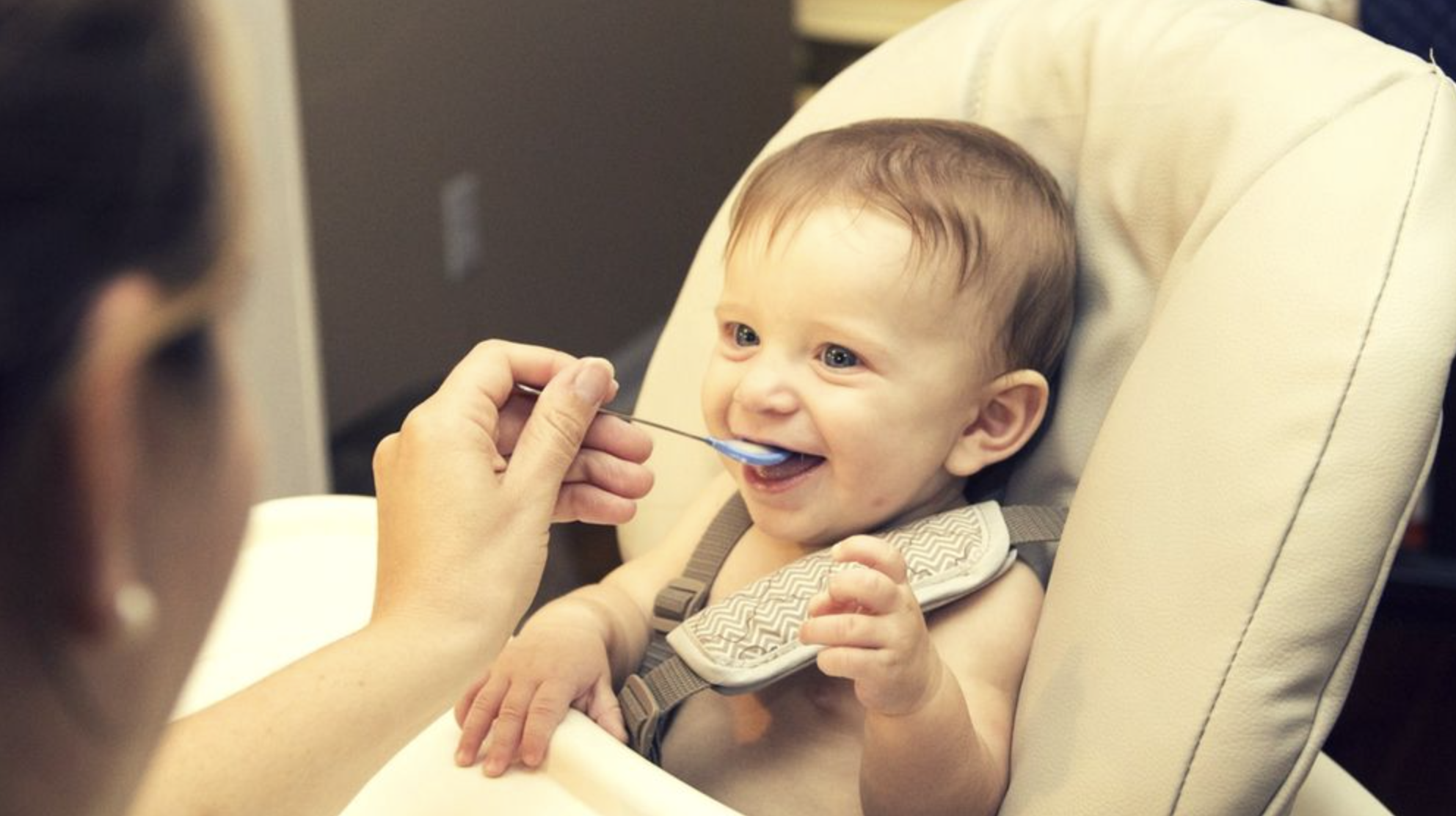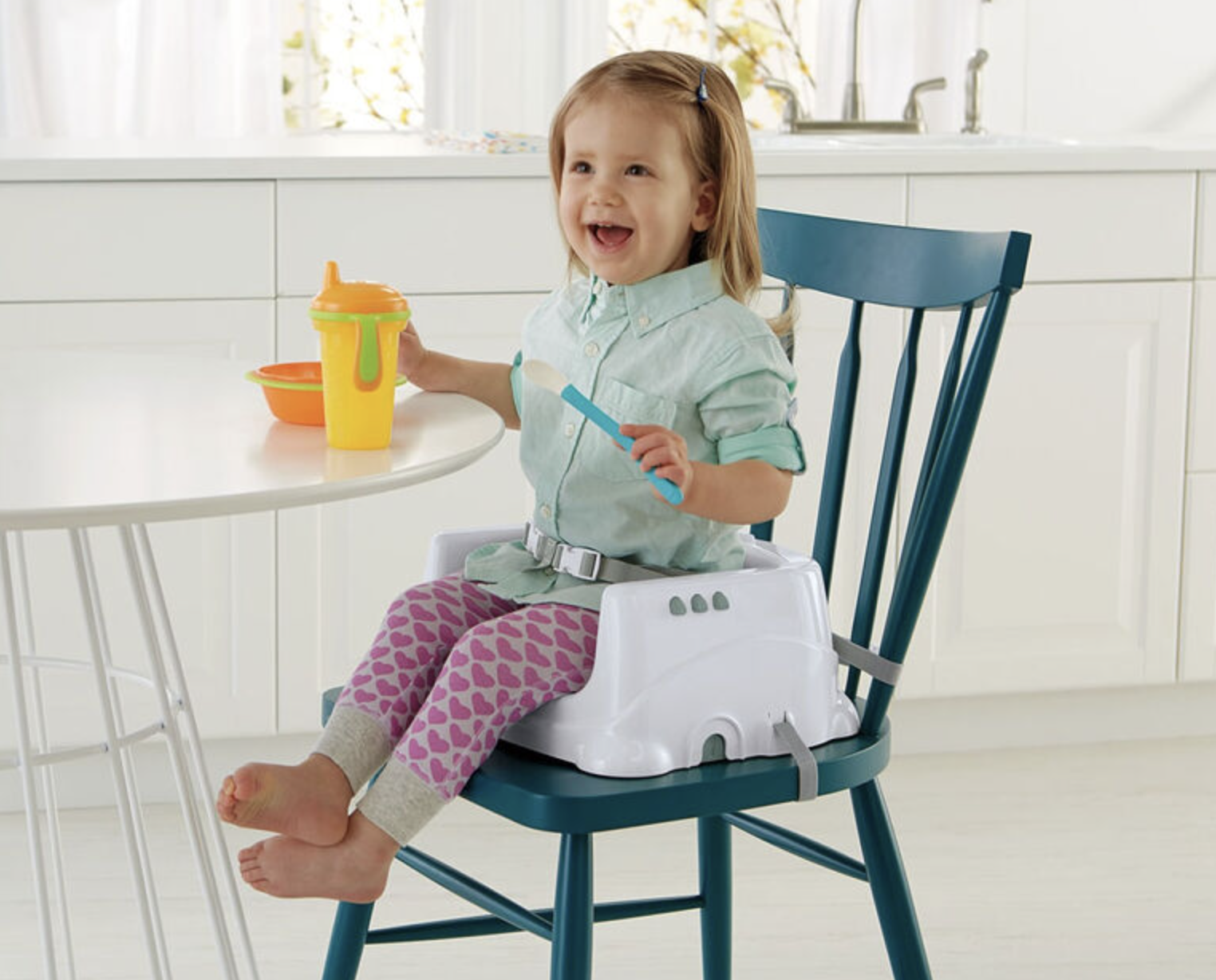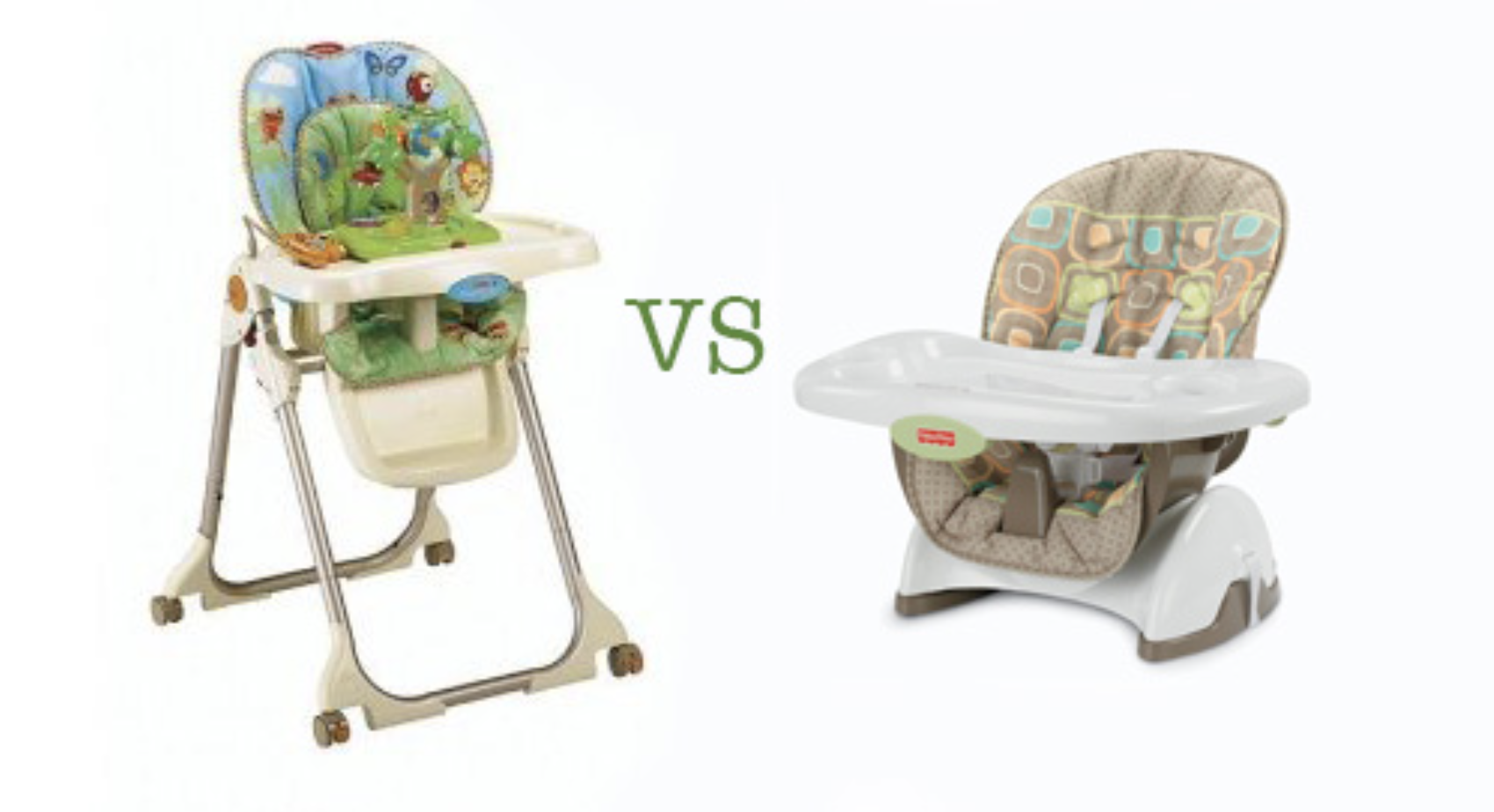High chairs have been around for centuries. They are designed to help keep your child safe while you're preparing meals or serving them in the kitchen.
The chair prevents toddler from crawling into hot pots while eating or sinks with sharp objects, and it keeps them at the proper height to eat at a table. It also helps to protect their clothing during mealtime.

Published on February 16, 2022
When to Stop Using High Chair?
When your baby reaches the age of two, many parents ask themselves this question. The older your toddler gets, the more determined he or she becomes to do “grown-up” things!
The average age for a child to be able to stand up from a high chair is between 18 months and 3 years old. They're strong enough to hold themselves upright for longer periods of time within this range, but they may still be a little wiggly.
Things we cover in the article
- When to stop using high chair for toddler
- Mealtime booster seats safety
- What to use after a High Chair?
- Moving from a high chair to a booster seat is going to be huge for your child.
- A booster seat is not the same as a high chair to dining table.
- Booster seats are useful for kids who can already sit on their own or self-sit.
- High chairs also offer more height and comfortability, especially for toddlers who are in between babyhood and childhood.
Signs Your Toddler is ready to go to the table
Most changes in a youngster's early life are noticed by his or her parents. A child who is seated in a high chair frequently becomes irritable and desires to share the meal with the family.
This is generally increased if you acquire a younger sibling and notice that the other kid has moved onto the sofa. It's time to get back into a booster.
My daughter constantly astounds me with her increasing self-reliance. She wants to feed herself, dress herself, put her toys away, turn on the TV and even get snacks for herself.
Transitioning From High Chair to Booster Seat
Many parents set up adult-size dining chair with small plastic platforms underneath so the toddler chair stays firmly positioned at table height. This is why it is time to let go of baby high chairs and move your toddler to more mature table chairs.
In this way, the toddler of the house can enjoy a meal at table with the entire family.
The booster should be ergonomically suitable and have a way to lock the chair. Make certain that the chair has sufficient space for your kid's feet to fit below it should he or she slide under the table.

A lot of boosters can be found in many swings and types and will go together with your home décor and table design.
Other areas you need to consider are where the tray attaches, how adjustable it is, and if there is a method to lock it up while not in use.
Mealtime booster seats safety
All new baby feeding boosters must meet the same safety guidelines as booster seats. To lower injuries and fatalities, manufacturers must ensure that the products satisfy design criteria.
The CPSC regulation requires that booster seats be secure. Booster seats are frequently covered in a hazardous substance such as lead or phthalazine. Examine to see if the booster seat meets the CPS.
What to use after a High Chair?
Moving a youngster from one high chair to another may be challenging. When sitting on a normal chair, you notice that toddler grow weary and fall out of their seats.
Chairs are too low for youngsters to stand upright on a tabletop, so cushions are the best option. Bolster seats are safer in this situation and make it easier to move between dining tables.
Moving from a high chair to a booster seat is going to be huge for your child. The change will make it harder for the child to share a meal with you and come closer with the rest of the family. It requires patience and time, but most importantly it takes commitment on your part as a parent.
Booster seat vs High chair
A booster seat is not the same as a high chair to dining table. Booster seats are used at tables that are much lower, while high chairs are attached to dining table tops. The main difference between the two is that an adult needs to help your child sit down on it and stand up from it. High chairs also have straps for safety purposes.

Booster seats are useful for kids who can already sit on their own or self-sit. They are designed to keep the kids in place, but there is no safety strap. If your child cannot sit upright without support, then a high chair with safety straps may be better than a booster seat.
High chairs also offer more height and comfortability, especially for toddlers who are in between babyhood and childhood.
Booster seats may be able to help toddlers transitioning from a high chair to an actual dining table chair with armrests and upholstery. It can be difficult, but patience will pay off when you see your child growing into adulthood.
Mealtime booster seats safety
Choosing the right booster seat is as hard as choosing the right high chair. The only difference is that a child can stay longer in a booster seat, but not all booster seats are safe and comfortable for every child. There are some safety rules you need to follow when using a booster seat:
- You must always buckle your toddler up before strapping them into a booster seat.
- The booster seat must be secured to the table by using its own clips.
- Your child must remain in the booster seat until they are finished eating, and always for safety reasons.
You can use a regular dining room chairs with armrests instead of buying a separate booster seat.
When Should You Stop Using a High Chair?
Depending on your child's health, he or she may develop in a variety of ways. Every youngster grows at their own pace and many will cease using high chairs after eight weeks. Kids must use high chairs for meals until they are three years old. After this age, they should be able to sit on a normal chair or use a booster seat.
Some kids will stop using a high chair after two months; however, each child is different and they develop at varying speeds. It all depends on your child's physical development and his or her own personal needs. Most babies reach this stage by three months of age.
However, toddlers with disabilities or chronic illnesses may need to use a high chair for longer than this. If your child is diagnosed with an illness such as autism or cerebral palsy they will likely need to continue using one until they are four years old. This allows them to sit at the proper height and not injure themselves.
Should a Three-Year-Old still be in a High Chair?
It's fine if three-year-olds can readily use the high chair; they don't need to change to standard seating or install booster seats. Some high chairs, in fact, mature with your child.
According to the American Academy of Pediatrics (AAP), children under four years old should use a high chair for meals and snacks, but not playtime. At the age of three, most kids have developed enough fine motor skills to sit on a regular chair or booster seat.
Is 2 too old for a high chair?
If your infant can stand without falling (about 9-12 months), he may move up to the booster seat. The longer you can keep your youngster's seat, the better. Most toddlers do not make the switch until they are two years old.
What dining chair comes after a high chair?
Some children may transition between a high chair and a booster seat during the first two years. In the event that your baby's main meal isn't suitable, portable boosters can also be used to create a safety seat.
When should a child not sit in a high chair?
Babies less than six weeks old should never sit on a couch. They're not sturdy enough to sit upright, and the tiny legs lack stability. It's feasible to utilize a high chair from the age of six months old. If children are unable to use a high chair, they should be cautious. Is it possible for the chair to endure?
Toddlers are always eager to show us how they've grown and developed by graduating from a high chair. As your child grows, he or she will eventually outgrow a high chair. The right booster seat can be the perfect way for your child to make this transition. But, just because your child has reached a certain age, it doesn't mean that they are automatically ready to transition to a regular chair at the dinner table.
Verdict
There are many different factors that you should consider before making the switch - including your child's health and development.
Keep in mind that every child is different and will grow at their own pace. So although there isn't necessarily one answer that fits all kids, following the general guidelines we've provided should help make the decision.
By Kate Nielsen